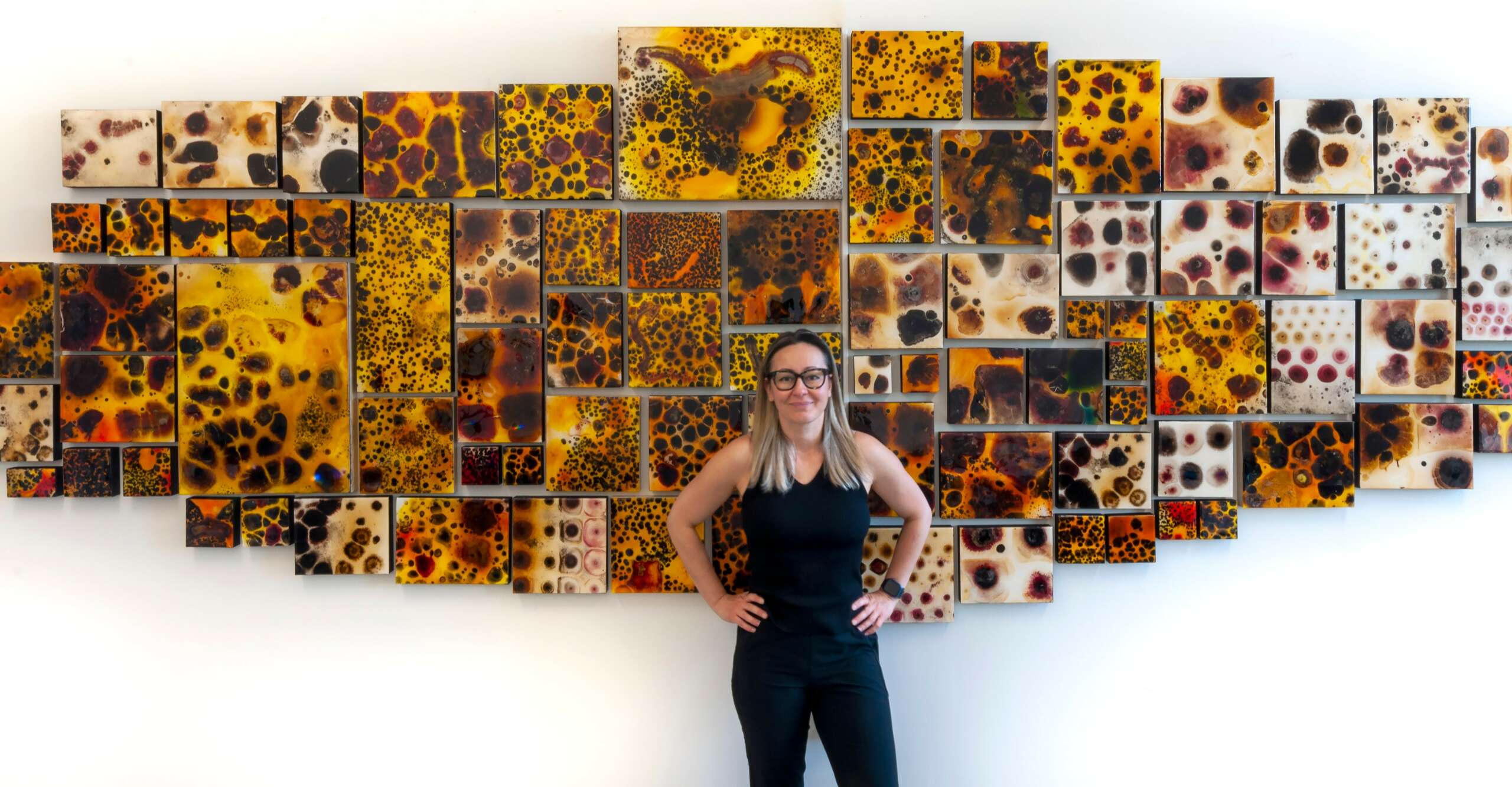We were lucky to catch up with Selin Balci recently and have shared our conversation below.
Selin, appreciate you joining us today. We’d love to hear about a project that you’ve worked on that’s meant a lot to you.
I created the project Bordered World in 2014. I mounted petri dishes on gallery walls in constellations that resembled a world map. Within each petri dish, I allowed the fungi or mold to take their shape and interact freely. I learned through the process of creating the work. (see the images of the work)
Many humans tend to believe that they are the sole inhabitants of this world, often disregarding the presence of other living beings, both visible and invisible to the naked eye. It’s important to acknowledge and appreciate the presence of these beings and their contributions to the ecosystem. By doing so, we can learn from them and work towards a harmonious coexistence with all living things. The work can teach us about the importance of resource management in the natural world. In the real world, resources are often limited, and all organisms must compete for survival. By studying how microorganisms interact in a restricted environment, we can gain insights into the larger ecological systems that govern life on our planet.
Also, we as humans have brains that allow us to think. The other organism doesn’t have that ability, so we may alter our behavior or physiology to reduce reliance on a particular resource. Sometimes, we do this; sometimes, we don’t. It is disappointing to see that humans, despite having a brain capable of complex thought and problem-solving, are not using it to use our resources properly. Instead, we continue to engage in destructive activities such as deforestation, pollution, and overconsumption of resources, leading to species extinction and environmental degradation. Our lack of foresight and willingness to prioritize short-term gain over long-term sustainability is alarming and will have severe consequences for future generations. We must take responsibility for our actions before it is too late. By creating a universe for microorganisms, I can observe the complex dynamics of life and death, adaptation, and competition.
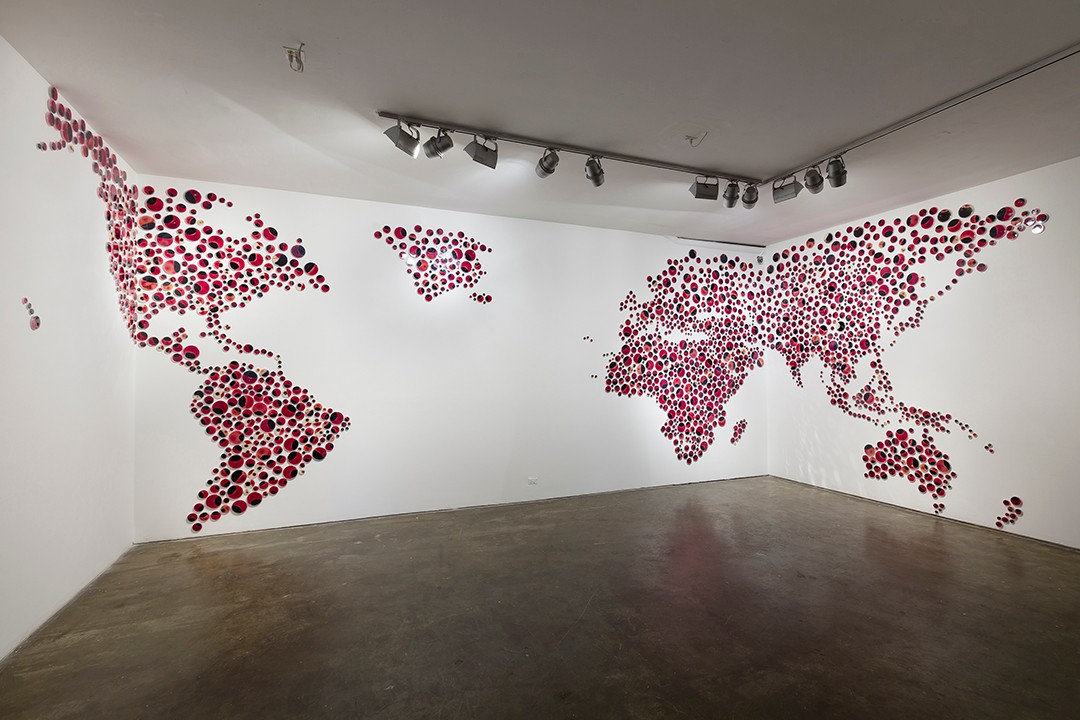
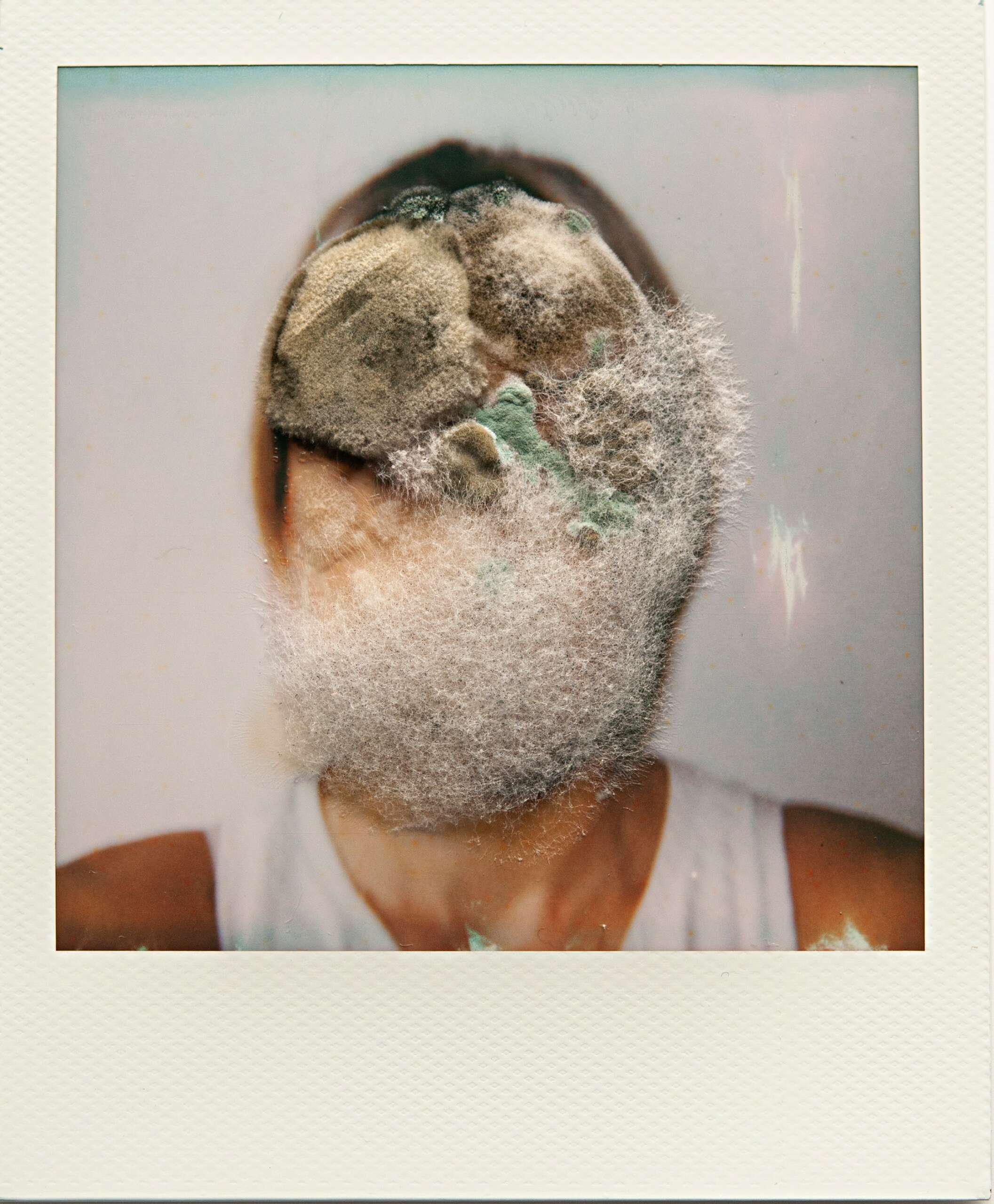
As always, we appreciate you sharing your insights and we’ve got a few more questions for you, but before we get to all of that can you take a minute to introduce yourself and give our readers some of your back background and context?
As an interdisciplinary artist, I combine traditional art techniques with scientific materials and biological mediums, including mold spores. Through my projects, I bring attention to the microscopic organisms surrounding us and make the unseen world visible to the naked eye.
I study invisible organisms and create interactive biological landscapes that can be observed visually. To make the microbiome visible, I collect mold spores from my surroundings and use them to create abstract landscapes. The mold spores are collected from various sources like the air, soil, plants, trees, and even humans. I create a synthetic yet habitable environment for the spores to incubate. Through this, I can witness the interactions, struggles, and conflicts of living organisms on the surface of the panels. As the mold spores germinate, they leave their color, texture, and shape on the living platform, creating an abstract picture. The microorganisms eventually become visible and transition from the microworld to the macroworld. The mold spores act as a unique living paint agent.
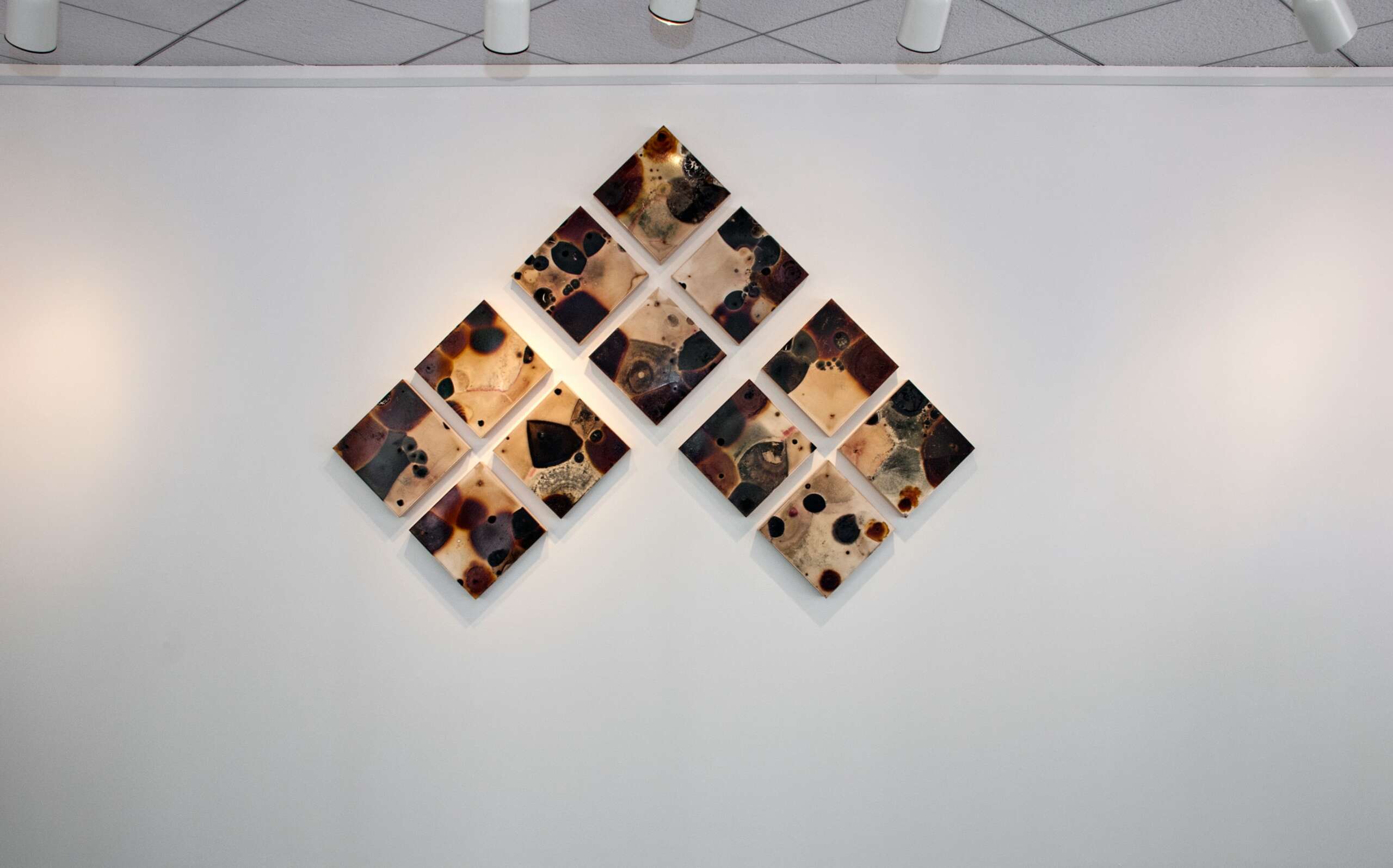
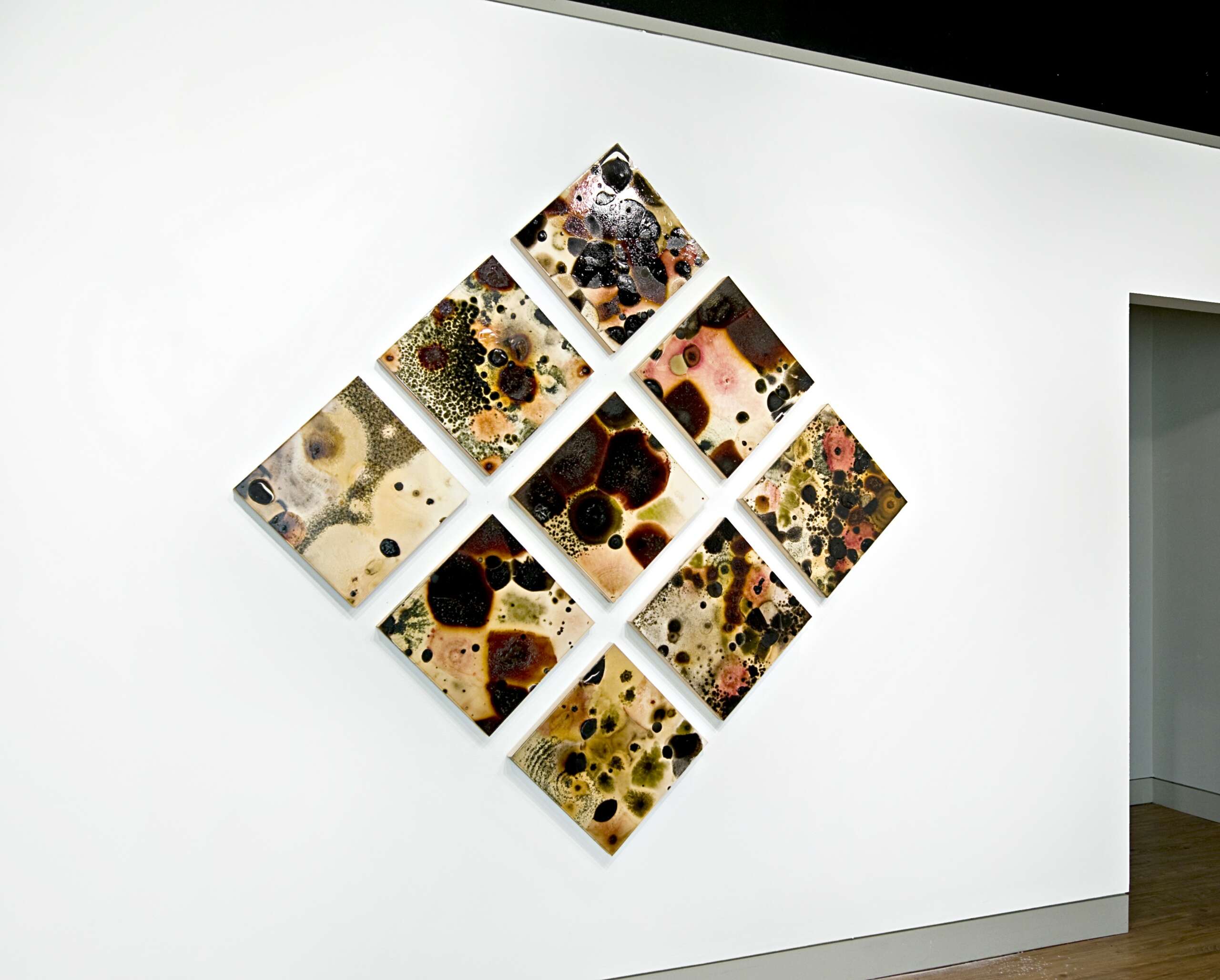
We’d love to hear a story of resilience from your journey.
As an interdisciplinary artist, I blend conventional art techniques with scientific materials and biological mediums, such as mold spores. My projects aim to draw attention to the microscopic organisms present around us and reveal the unseen world visible to the naked eye. After graduating with a degree in Forestry Engineering from Istanbul University, I went on to work in microbiology research at several universities in the United States. During this time, I focused on studying plant diseases and the ecology of forests. It was an incredible experience to explore how microorganisms live, interact, and shape our environment.
In 2004, I decided to take a new direction and enrolled in the Photography department at West Virginia University. This was an excellent opportunity to experiment with projects combining art and science. I found that there were so many exciting ways to merge the two fields and create beautiful, thought-provoking work. I graduated with a BFA from WVU. 2009 I pursued my master’s degree at the University of Maryland. Over three years, I worked hard to find ways to merge biology and art even further. My background in microbiology and laboratory techniques proved to be a significant advantage in my studies, and I developed a unique and innovative approach to my work.
While my education took a significant amount of time and effort, it was absolutely necessary for me to develop the practice that I have today. I’m so grateful for the opportunities I’ve had to explore and grow in my field, and I’m excited to see where this journey will take me next. I am always exploring new things.
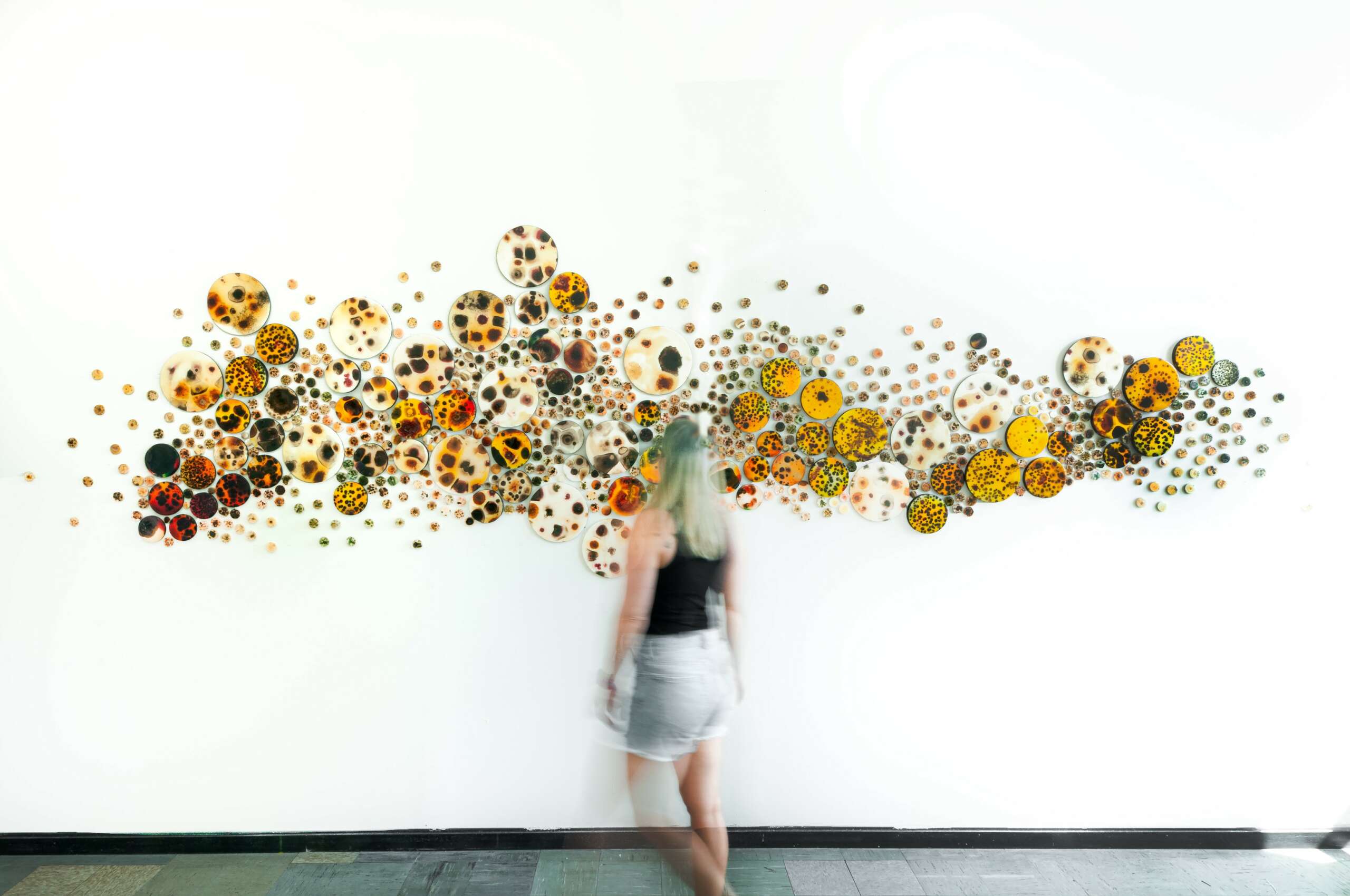

Do you think there is something that non-creatives might struggle to understand about your journey as a creative? Maybe you can shed some light?
I study microorganisms at a microscopic level to better understand human behavior. This is a preliminary model of the entire planet. Unlike microorganisms, the only distinction is that we have a brain to make decisions.
First, I restrict the environment I created for mold in every way. Water, food, and space are limited. We can also view it as a universe I have made for organisms. Microorganisms are forced to compete in a restricted environment. As of now, I am seeing microorganisms behaving in a way like humans on a tiny scale. Because of limited food resources, they must compete and potentially dominate a particular area. As such, they are metaphors of the human situation to be negotiated for finite resources: they compete for resources, become invasive, and endanger others. Little creatures come together to create a set of actions leading to the development of territories and boundaries that result in conflict. That’s why I refer to human behavior metaphorically in my work.
What I saw during this process;
Competition is an inherent aspect of life observed in all organisms whenever resources become scarce. This phenomenon is observed across the natural world, where animals, plants, and microorganisms compete for survival and reproduction. Animals often compete for limited food resources, called competition for food. A prime example of this is the competition between lions in the African savannah, where only the strongest and most skilled hunters are able to successfully capture prey and provide food for themselves and their offspring. Plants also compete for resources, such as light, nutrients, and space. For example, trees compete for access to sunlight in a dense forest, with taller and more vigorous trees shading out and out-competing smaller and weaker trees for light and nutrients. Microorganisms also compete for resources in their environment. For example, bacteria may compete for nutrients in a soil environment, with some bacteria producing antibiotics that inhibit the growth of other bacterial species in the same soil.
Competition can be intense and can have significant consequences for the individuals involved. In some cases, it can lead to the death or elimination of weaker individuals. In contrast, in others, it can result in adaptations and changes in behavior that allow individuals to better compete for resources.
However, competition is not always harmful. Sometimes, it can lead to cooperative behaviors and mutualistic relationships between individuals. For example, some animals form cooperative hunting groups or engage in mutual grooming behaviors that benefit all group members.
Unlike animals, humans possess a consciousness that enables us to make decisions based on our judgment. We can imagine and recollect events from the past, which helps us make practical decisions for the future. Unfortunately, despite our capabilities, we often fail to make conscious decisions that could prevent global warming, climate change, and wars.
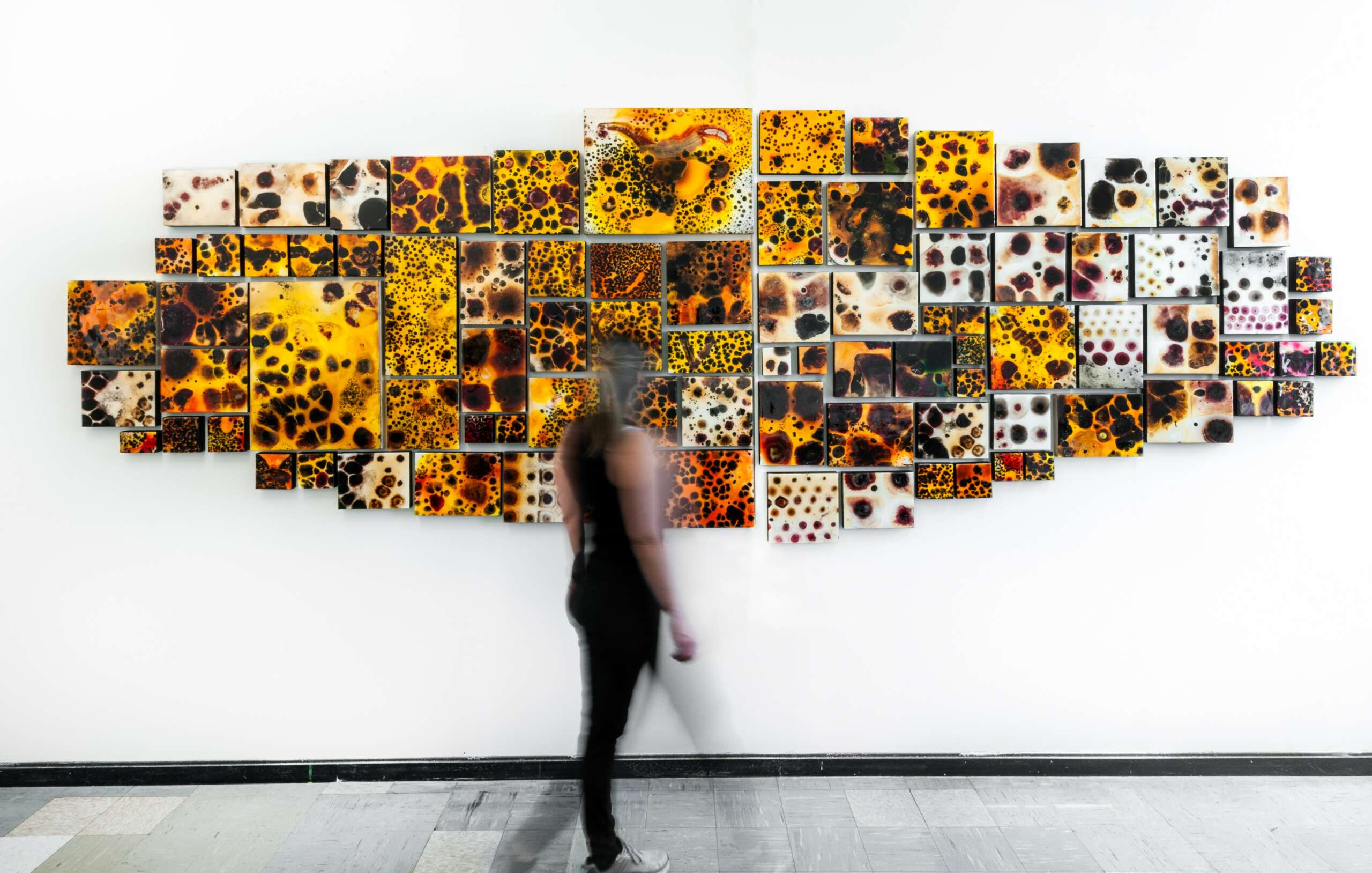
Contact Info:
- Website: www.selinbalci.com
- Instagram: @microbialgrowth
- Linkedin: https://www.linkedin.com/in/selin-balci-b0a16367/
Image Credits
Selin Balci


